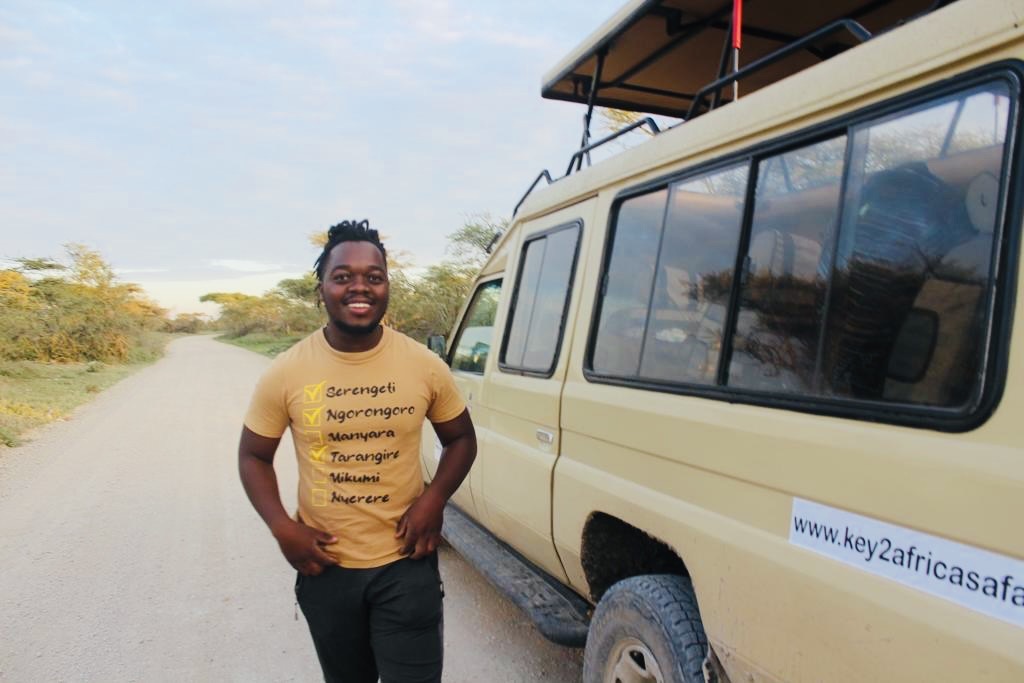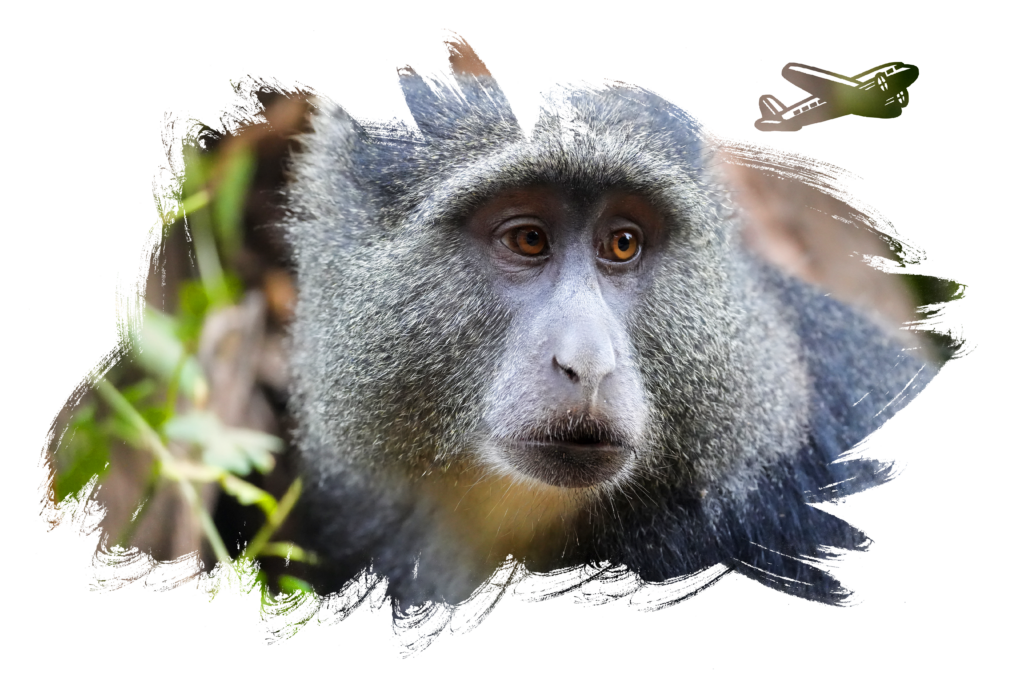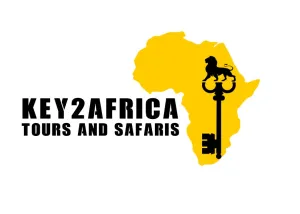Kilimanjaro National Park
Kilimanjaro National Park
Are you ready to embark on an exhilarating journey to the Roof of Africa? Welcome to Kilimanjaro National Park, a hidden gem nestled in Tanzania, waiting to reveal its mesmerizing treasures to intrepid explorers like you. With its snow-capped peaks, lush rainforests, and breathtaking wildlife, this majestic national park offers a once-in-a-lifetime experience for nature enthusiasts and adventure seekers alike. As you step foot in this UNESCO World Heritage Site, be prepared to be awestruck by the magnificence of Mount Kilimanjaro, the highest peak in Africa. Whether you’re an experienced hiker craving a challenge or a novice seeking an unforgettable experience, there are multiple routes available to suit all levels of fitness and expertise. Immerse yourself in the diverse ecosystems that the park has to offer, from the moorland to the alpine desert, and bask in the serenity of untouched wilderness.
But Kilimanjaro National Park is more than just a trekking destination. It is a haven for biodiversity, housing rare and endemic species such as the Kilimanjaro tree hyrax and the Abbot’s duiker. Keep your binoculars handy for a chance to spot a wide variety of bird species that call this park their home. With its unparalleled natural beauty, Kilimanjaro National Park is sure to captivate your heart and leave you with memories to treasure for a lifetime. So lace up your boots and get ready to explore the hidden wonders of this remarkable African treasure.
Best Time To Climb Mount Kilimanjaro
Mount Kilimanjaro offers different experiences throughout the year, with varying weather patterns affecting the climbing conditions. Here’s what to expect month-by-month
January
One of the best months for climbing due to clear skies and warm weather. The mountain is less crowded than December, making it an ideal time for those seeking quieter trails.
February
Another excellent month with clear, dry conditions, ideal for summiting. February is the last month of the short dry season, offering good visibility and pleasant temperatures.
March
The onset of the long rains, making trails slippery and visibility low. Climbing is challenging this month, and fewer climbers attempt the ascent.
April
April sees the heaviest rainfall, making climbing conditions difficult and the paths quite muddy. It is the least popular month for climbing due to wet conditions and poor visibility.
May
Still within the long rainy season, May experiences similar conditions to April, with persistent rains and fewer climbers.
June
As the rainy season ends, conditions start improving. Cold temperatures and occasional showers might still occur, but the weather begins to stabilize, making climbing more favorable.
July
July marks the beginning of the high season for climbing. The weather is colder but very dry, providing reliable conditions for reaching the summit.
August
August is one of the busiest months on Kilimanjaro with dry, stable, and cold conditions. It’s an excellent time for climbing, offering high chances of clear summit views.
September
Similar to August, September provides dry and stable conditions, with slightly warming temperatures. It’s one of the best months to climb with high summit success rates.
October
Early October continues the good conditions, but the possibility of short rains increases towards the end of the month. It’s still a good time to climb, with moderate crowds.
November
The short rains begin, bringing wet conditions that can make climbing challenging. Trails are less crowded, but the weather is less predictable.
December
Early December might still see some rains, but conditions generally improve towards the end of the month. It’s a popular time due to holiday breaks, with cooler and clearer weather ideal for climbing.
Kilimanjaro Tours
Kilimanjaro tours range from 5 to 9 days, depending on the route you choose. Each path offers different views and experiences, such as walking through lush rainforests and spotting wildlife. As you go higher, the scenery changes to rocky landscapes and snowy peaks. Our professional mountain guides are there to assist you from start to finish. Our tour includes meals, camping gear, and park fees. Our support team is here to guide you to the summit.

Amani Mahewa
Online

LOCATED IN TANZANIA
Want to plan a memorable Tanzanian adventure?
Contact us. We are always here to help
Frequently Asked Questions about Kilimanjaro National Park
These questions help climbers prepare adequately for their adventure to Mount Kilimanjaro, ensuring they have a memorable and safe experience.
How Long Does It Take To Climb Mount Kilimanjaro?
The duration to climb Mount Kilimanjaro typically ranges from 5 to 9 days, depending on the route chosen. Shorter routes like Marangu and Umbwe can be completed in 5 or 6 days, but longer routes such as Lemosho and Northern Circuit provide a better acclimatization schedule and can take 7 to 9 days. More days on the mountain usually increase your chances of reaching the summit successfully due to better acclimatization.
How Difficult Is It To Climb Mount Kilimanjaro?
Climbing Kilimanjaro is considered a moderate trek that does not require technical climbing skills, but it is physically demanding. The main challenge climbers face is the high altitude, which can lead to altitude sickness. Good physical fitness, proper acclimatization, and hydration are crucial for a successful climb. Preparation should include cardiovascular training, strength training, and hiking practice.
After My Kilimanjaro Climb, Can I Combine A Tanzania Wildlife Safari?
Absolutely, many climbers extend their trip to include a wildlife safari in Tanzania’s famous parks like the Serengeti, Ngorongoro Crater, and Tarangire. These parks are within driving distance from Kilimanjaro and offer a perfect way to relax and enjoy Tanzania’s spectacular wildlife and scenery after the climb view our safari packages.
What Is The Tipping Recommendation For Kilimanjaro Treks?
Tipping is customary and greatly appreciated by the crew who assist you on your climb. Recommended tipping varies, but a general guideline is about $20-$25 per day for guides, $10-$15 per day for assistant guides and cooks, and $5-$10 per day for each porter. The total amount each climber should budget for tips can range from $250 to $350 depending on the length of the trek and the size of the team.
How Do I Pack For A Kilimanjaro Trek?
Packing for Kilimanjaro requires preparing for diverse weather conditions. Essentials include thermal and waterproof clothing, hiking boots, sleeping bags suitable for low temperatures, sun protection, and hydration equipment. Layering is key, as temperatures vary significantly. Additionally, pack energy snacks, a headlamp, and personal medications. Most gear can be rented locally in Tanzania as well.
Do I Need A Guide To Climb Mount Kilimanjaro?
Yes, a guide is mandatory for all climbers on Mount Kilimanjaro. The park regulations require that all treks be led by a licensed and experienced guide. Guides ensure safety, manage logistics, and significantly increase your chance of successfully reaching the summit. They are also knowledgeable about mountain conditions and can assist in case of altitude sickness.
What Is The Success Rate For Reaching The Summit?
The success rate varies by route and the duration of the climb. Shorter routes have lower success rates, around 60-70%, while longer routes can have success rates as high as 85-90%. Choosing a route that allows more time for acclimatization, such as the Lemosho or Northern Circuit, generally increases the likelihood of reaching the summit.
Are There Any Cultural Experiences Available Near Mount Kilimanjaro?
Yes, there are numerous cultural experiences available around Mount Kilimanjaro. Visitors can engage with local Chagga and Maasai communities, experience traditional village life, partake in coffee tours, and visit local markets. Cultural tours offer insights into the indigenous cultures and provide a more comprehensive understanding of the region surrounding Kilimanjaro.




